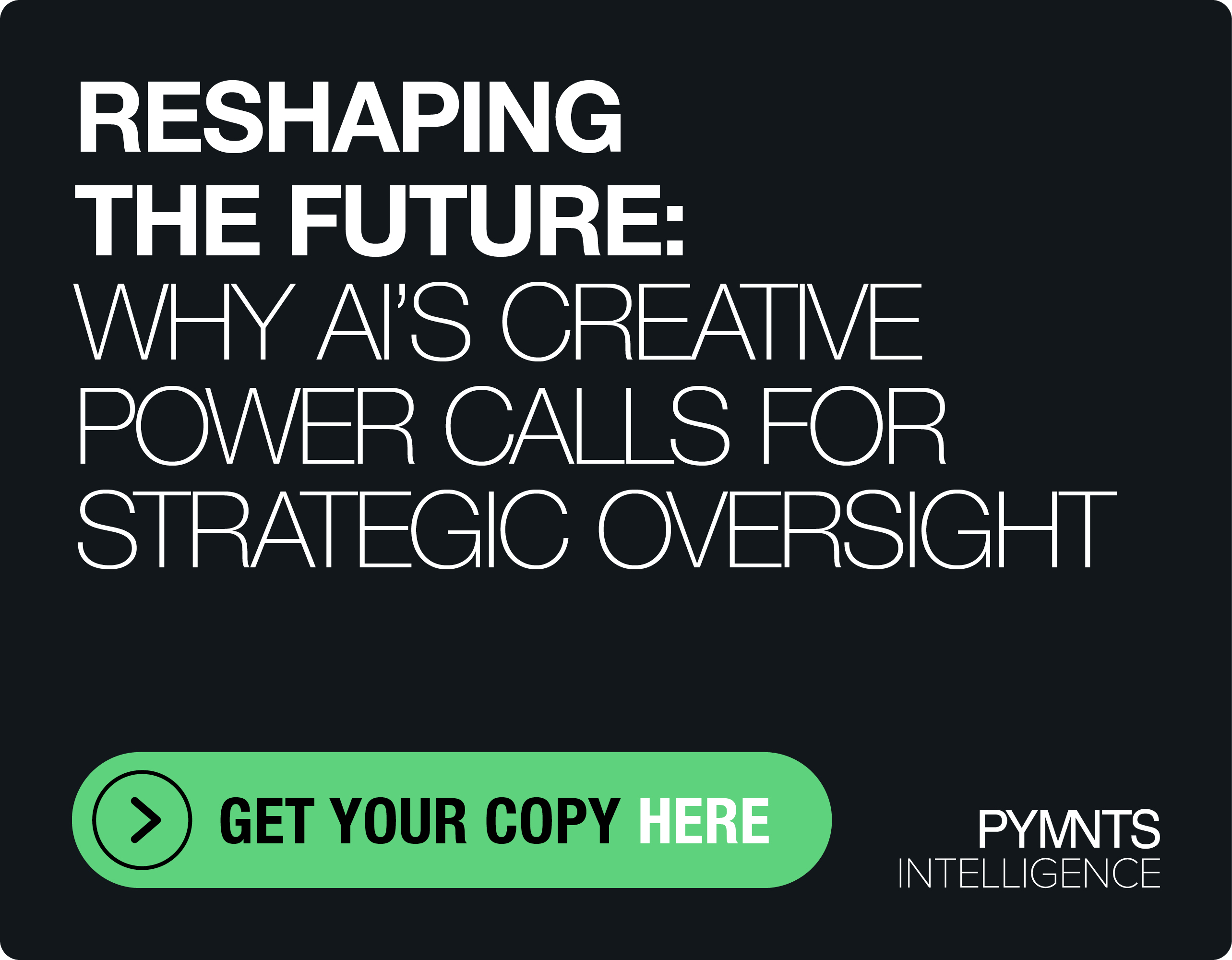Growing Engagement and Offers Speed Omnichannel Future of ‘Car as Wallet’
Cars went from conveyances to expressions of individuality in the 20th century, and as the connected car trend builds in this century, they’re becoming a rolling retail store with embedded payments, enabling consumers to buy services from inside a car on a transactional basis.
Speaking with Ali Almakky, global head of Payments Solutions for Mobility at J.P. Morgan Payments, PYMNTS’ Karen Webster suggested that vehicles are becoming just one of several connected devices consumers own or use, albeit an important one, and with new challenges.
On the table is a complete overhaul of how we’ve traditionally bought cars and what we do with them besides driving, as in-car experience becomes the coin of the realm on the road.
Almakky said J.P. Morgan Payments sees a near future where marketplaces of OEM features and third-party services can be served up inside the cabin, highly contextual to the in-car experience.
He took Webster on a Sunday drive of new features made possible by connected cars and embedded payments. From the familiar gas up and buy snacks promo to the ability to do things like switch paid car features on and off as needed, from super-bright headlights to EV charging to other contextual prompts delivered safely, likely using voice or optic interfaces.
“The idea is to make it more omnichannel where that inside-car experience would be ubiquitous, whether you’re using your phone or the car itself, in order to initiate as well as engage in particular purchases,” he said, with features “inherently available in the car” that can be activated either as software features or as capabilities embedded in the factory specs.
Dawn of the Wallet-Car
Payments processing for these emerging use cases would have to happen in nanoseconds, Almakky said, which points to new business models for OEMs and dealerships.
“The system has to be made aware that that payment has been made, and then the message has to go from the manufacturer to the vehicle to ensure that functionality is enabled. Those kinds of capabilities are live today,” he said. “I think the question really is, where can this go?”
He looked ahead to trends like autonomous vehicles and options configured for passive passengers to switch on infotainment or do some shopping while being robotically driven.
Asked how J.P. Morgan Payments Mobility Solutions and its partners will make it happen, Almakky said, “The way we are looking at it is via a wallet solution, whereby within that wallet you could have stored payment credentials, or you could pay on each interaction with the vehicle, depending on the use case.”
Since neither OEM nor payments provider wants to create distracted drivers, there are several ways of issuing these commands to cars in motion, “from voice to facial recognition to iris recognition, to fingerprints, all of which, which are being piloted and tried.”
It’s a new spin — literally — on direct-to-consumer selling in contextual environments.
Back to the connected car v1.0 where the pump gets a signal prompting the station to send an offer to the car while you gas up, he said, “If you were to get that offer when you were sitting in your office or at home, the likelihood of you accepting is very low” versus being in the car.
“What we see is a lot more engagement and the likelihood of success, which again, would drive more volumes and revenue opportunities, as well as the ability to curate the data in a more structured manner to provide offers which are more relevant.”
See also: Large Fleets, Open Innovation and Payments Will Drive Future of Mobility
New Definitions of ‘Road Rage’
The connected car is so appealing to so many that it’s set to change the car end to end, from how it’s built with embedded features like metered insurance, fees based on an individual’s use of that vehicle as a co-owner, and the dealership experience, little-loved though it may be.
Almakky imagined dealerships of the near future as display centers: “We see that evolving very quickly in Europe. There is a shift toward an agency model whereby the dealer is seen as an agent to the sale as opposed to the way we see it in the U.S. Those roles are changing rapidly.”
Noting that he constantly challenges himself and others about when the “hockey-stick” growth goes pedal to the metal, he said, “I feel that there has to be something around customer convenience. Something that makes life easier for you, or provides you value in the form of something being cheaper, or … some form of rewards … which [are] usable over time.”
Also pertinent is the role of OEM apps — and the possible sunsetting of them — as the car starts to do the app’s job but more seamlessly, making one less app to manage. It points to a future state where the entire car-buying journey happens inside the cockpit.
Almakky said this can “ensure there’s an all-in payment where you don’t need to worry about anything else. You can also then swap your car after a few months of usage where you could have a convertible in the summer and an SUV in the winter … facilitating all of that through a single payment journey, whereby we’re ensuring that it’s all part of the value proposition.”
